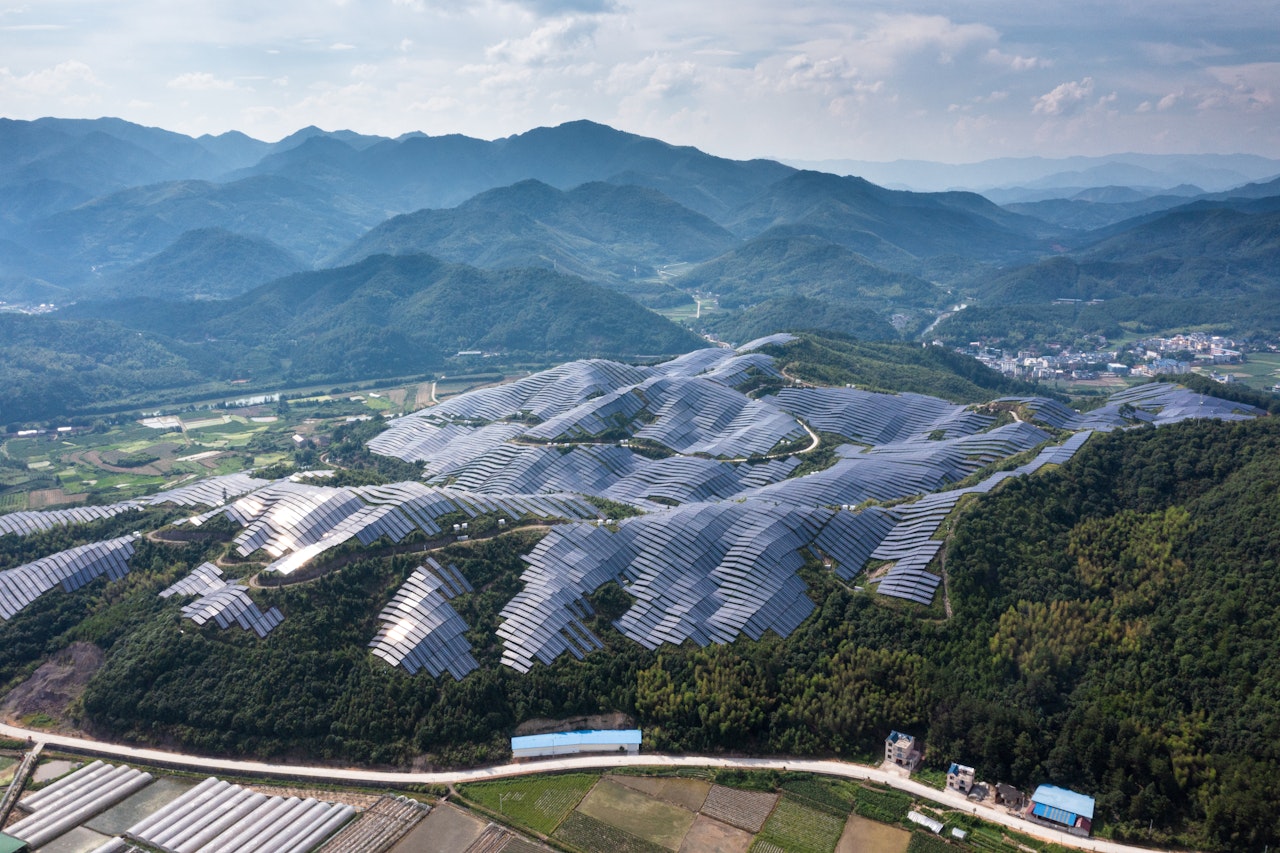An energy sector roadmap to carbon neutrality in China

About this report
In September 2020, President Xi Jinping announced that the People’s Republic of China will “aim to have CO2 emissions peak before 2030 and achieve carbon neutrality before 2060”. Amid the growing wave of governments around the world setting targets for reaching net zero emissions, no pledge is as significant as China’s. The country is the world’s largest energy consumer and carbon emitter, accounting for one-third of global CO2 emissions. The pace of China’s emissions reductions will be an important factor in global efforts to limit global warming to 1.5 °C.
This report, An Energy Sector Roadmap to Carbon Neutrality in China, responds to the Chinese government’s invitation to the IEA to co-operate on long-term strategies by setting out pathways for reaching carbon neutrality in China’s energy sector. It shows that achieving carbon neutrality fits with China’s broader development goals, such as increasing prosperity and shifting towards innovation-driven growth. The first pathway in this Roadmap – the Announced Pledges Scenario – reflects the enhanced targets China announced in 2020.
The report also explores the implications of a faster transition – the Accelerated Transition Scenario – and the socio-economic benefits it would bring beyond those associated with reducing the impact of climate change. This Roadmap examines the technology challenges and opportunities that this new phase of the clean energy transition will bring for China’s development, with a focus on long-term needs. The technology innovations required in the Chinese context are a key in-depth focus area. The report concludes with a series of policy considerations to inform China’s energy debate.